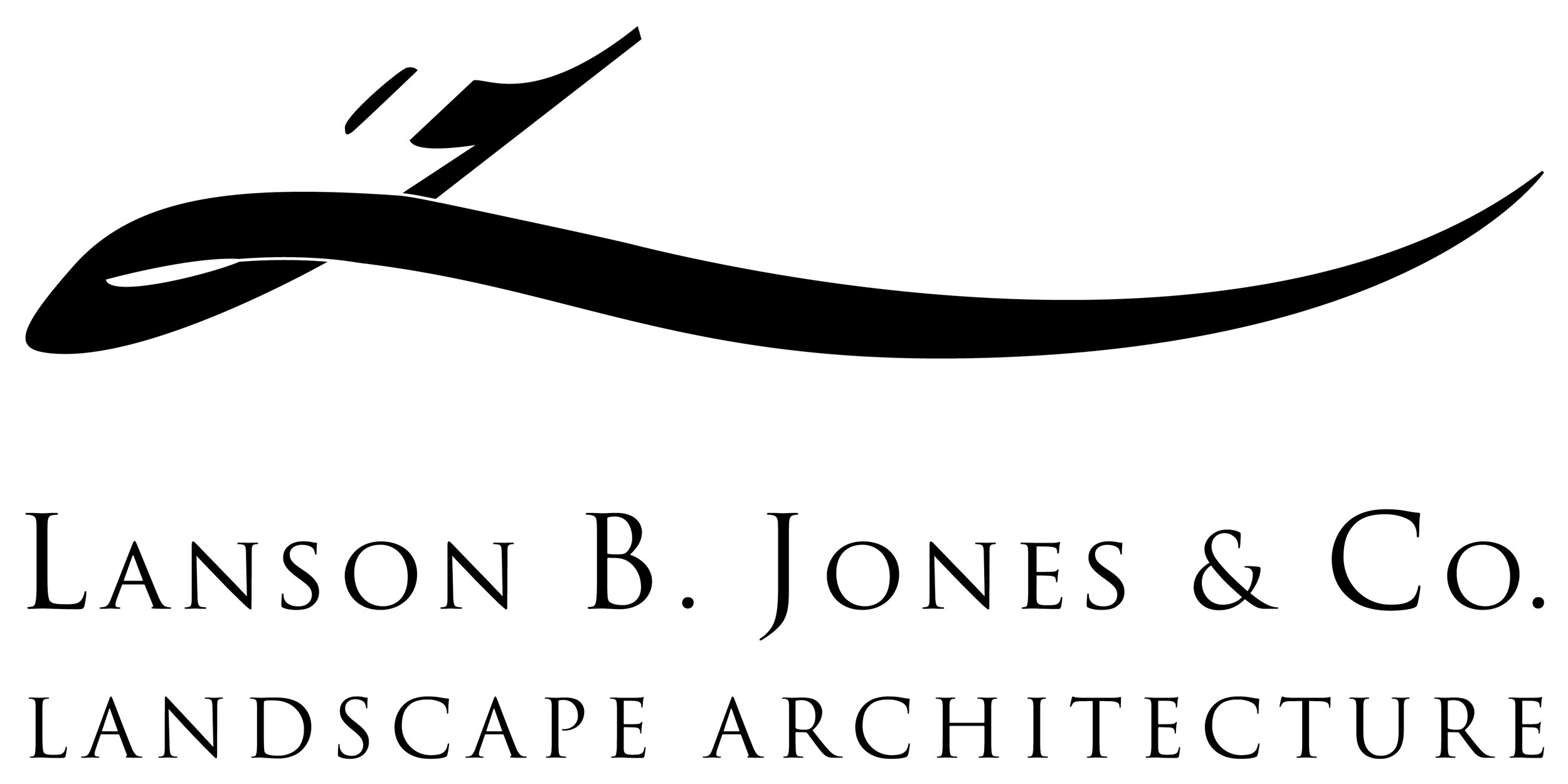YELLOW, THE NEW GREEN?
What’s not to love about Houston?
We’re the second fastest growing city in America, we house some of the nation’s best healthcare facilities, our cost of living and affordable housing gives Houstonians more bang for their buck and the social scene for young professionals is getting bigger and better.
So, what’s Houston’s downfall?
The answer is…
Yellow is becoming our new green
Photography by KWA Construction
Our darling city may rank high compared to others, but when it comes to our greenery—we don’t stand a chance. Award-winning journalist Jay Gentile called Houston out by claiming the city has a “less-than-visually appealing (some would say ugly) aesthetic.”
Sadly, Gentile may be onto something…
Our summers are brutal for almost anything living, especially when humidity kicks in. Add heavy rainfall and continuous flooding, our city feels awful and looks like an utter mess!
So, what does this mean for our landscapes?
Let’s just say, “Houston, we have a problem.”
As a landscaping company, we’ve learned Houston’s seasonal changes play a large factor when it comes to the city’s beauty. Here are 4 tips to help you avoid owning a landscape with yellow grass:
Before & After by Lanson B. Jones & Co.
1. Add required nutrients to your lawn.
Yellow grass may be a sign of poor soil caused by iron and nitrogen deficiency. Also, chemical and pet urine cause chemical burns to grass as well. If you believe your yellow grass is caused by these reasons, we recommend contacting our applications team. They will evaluate the proper, organic nutrients needed for your grass. Tip: Organics offer high quality compost.
2. Water thoroughly and less frequently.
Overwatering is a typical issue in Houston. Too much water can remove all of your soil’s nutrients, while too little water will cause malnourished, yellow grass. Practice mindful watering habits, especially since Houston is a tropical climate. Tip: Stick an instrument into the soil. If the tool easily goes down, your grass has enough water. If the tool is hard to stick into the soil, your grass needs more water.
3. Cut your grass the proper length.
If your lawn gets yellow after every mow, you’re probably cutting it too short. The ideal minimum mowing height for grass is 2 1/2 to 3 inches (this can depend on the grass species). Also, did you know that grass needs to be a temperature of 60° to 75° F to grow? Therefore, it’s important to monitor your grass during extremely hot months. Don’t be alarmed that it takes your grass a little longer to grow during the summer.
4. Watch out for low areas.
Always make sure that your grass is leveled. The accumulation of water in low areas will invite diseases and pests! This becomes the perfect breeding area, especially after a flood. Tip: If you have an uneven area, our team specializes in drainage and can install proper drainage in your lawn.
So, what’s the easiest route?
Install a synthetic lawn
Synthetic lawns have numerous advantages. Once installed, you’ll have lower maintenance and water bills all season long. You can prepare to say goodbye to watering and mowing, too. Fertilizers, pesticides and weed killers also become things from the past. All you have to do is sit back, relax and enjoy your beautiful, green grass all year long.
Ready to end Houston’s yellow trend?
Our team is here to help you turn your landscape green, again!
Contact Lanson B. Jones & Co. by calling 713.667.0709 or emailing inquiries@lansonbjones.com.


